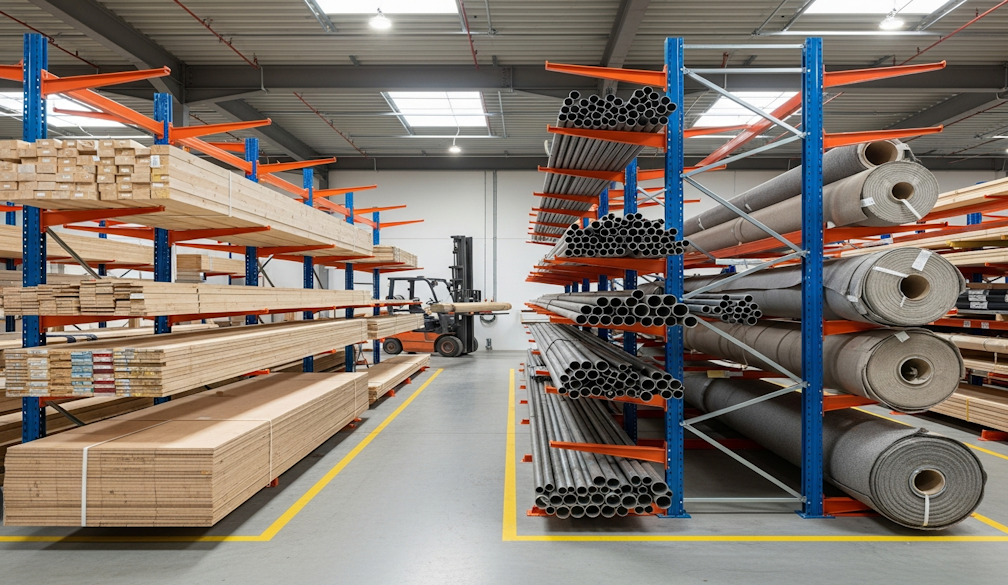Measuring the Success of Your Bus Advertising Campaign

Bus ads turn everyday travel into high-reach media. They move through busy corridors, sit in traffic where people can read them, and keep working after the office lights go out. To know whether they are working for your brand, you need a simple measurement plan that links exposure to real outcomes. The steps below show how to set clear objectives, pick practical metrics, and optimise your next flight.
Start with Clear Objectives
Decide what the campaign must achieve before a single bus rolls out. Common goals include:
- Awareness: reach new audiences in target postcodes.
- Consideration: prompt website visits or brochure downloads.
- Action: drive store visits, enquiries or bookings during the flight window.
Write the goal in one sentence, with a time frame and a number. For example: “Lift branded search in Parramatta by 20% during July.”
If you plan to Bus Advertising for the first time, share these goals with your media partner so route selection, formats and creative all pull in the same direction.
Match Metrics to The Goal
1) Reach and frequency. Use schedule data to estimate unique reach along chosen routes and the number of times a typical commuter might see your ad across the flight. This sets expectations for brand outcomes.
2) Web signals. Track:
- Direct and branded search uplift in suburbs covered by key routes.
- Sessions to a campaign landing page using UTM tags.
- QR scans placed on the right-hand side of the creative for easy access at stops.
3) Store and enquiry data. Compare footfall, call volume or bookings in target postcodes against a pre-campaign baseline. Time-stamp sales activity to see if peaks align with weekday patterns and known route dwell times.
4) Brand measures. Run a short prompted-recall survey in exposed areas and a control area with similar demographics. Even five questions can show movement in awareness and message take-out.
5) Social cues. Watch for organic mentions and photos of your creative. They will not replace hard metrics, but they can signal which designs people notice.
Build Tracking into The Creative
Out-of-home works best when you make responses easy. Use a memorable URL, a QR code, a unique promo code, and a short call to action that passes the “five-second” test. Keep the headline large, the offer clear, and the logo legible at distance. If you plan to advertise on bus and bus shelters at the same time, keep one shared URL so you can aggregate signals across formats, then split by QR code for directional read.
Use Baselines and Controls
Before your first week on the road, capture two to four weeks of pre-campaign benchmarks: web sessions by postcode, branded search volume, store visits and call counts. During the flight, chart the same metrics and compare against:
- The pre-campaign baseline.
- A control region not covered by your routes.
- Like-for-like days of week.
This simple structure helps you attribute uplift with more confidence and avoids crediting weather or pay cycles as media effects.
Read Creative and Route Performance
Not all routes or designs perform equally. Look for:
- Route productivity: suburbs that show the strongest web and store uplift per bus in market.
- Creative clarity: QR scan rates and landing page conversion by design variant.
- Daypart insights: whether morning or afternoon peaks align with your call to action.
Shift weight toward routes and suburbs that keep returning value. Retire designs with weak scan or recall rates and keep the clearest layout in rotation.
Budget and Value
Costs vary by market, coverage and duration. Ask for transparent Bus Advertising Rates that include production, installation and any premium positions. Compare cost per thousand (CPM) against expected reach, then translate results into cost per website visitor, enquiry or sale using your tracking. This turns a media cost into a business metric your finance team recognises.
If Sydney is your primary market, providers experienced in bus advertising Sydney can advise on high-visibility corridors, event clashes and local restrictions. For planning across formats, also factor in Bus Shelter Advertising rates Sydney when you need dwell time near shopping strips or campuses.
Combine Buses with Shelters for Lift
Buses build moving reach. Shelters add stationary dwell where people have time to scan a QR code or save a URL. When you run both, give shelters a slightly more detailed message and keep bus creative bold and simple. Measure the mix by assigning unique codes to each format, then compare conversion quality. Often the best result comes from the pair working together.
Practical Reporting Cadence
- Weekly: media delivery, QR scans, landing-page sessions, top suburbs, and any operational issues.
- Mid-flight: creative and route optimisation, budget reallocation, and message tweaks if early read is soft.
- Post-campaign: reach and frequency achieved, web and store uplift versus baseline and control, cost per outcome, and recommendations for the next flight.
Keep reports short and consistent so stakeholders can scan them quickly and approve changes.
Scale when you can repeat the effect. If the second suburb you test delivers a similar cost per enquiry and your landing page converts at a steady rate, add routes with matching profiles. If performance dips, trim back to the top corridors and protect frequency there before expanding again.
The Bottom Line
Good measurement turns outdoor from a cost into a growth tool. Set a clear goal, collect clean benchmarks, make responses easy, and read performance by suburb and format. If you need help planning or pricing, a specialist partner can map routes, secure inventory and guide you through production. To plan, buy and measure with confidence, start with a conversation about Bus Advertising and request a schedule tailored to your audience and objectives.

























